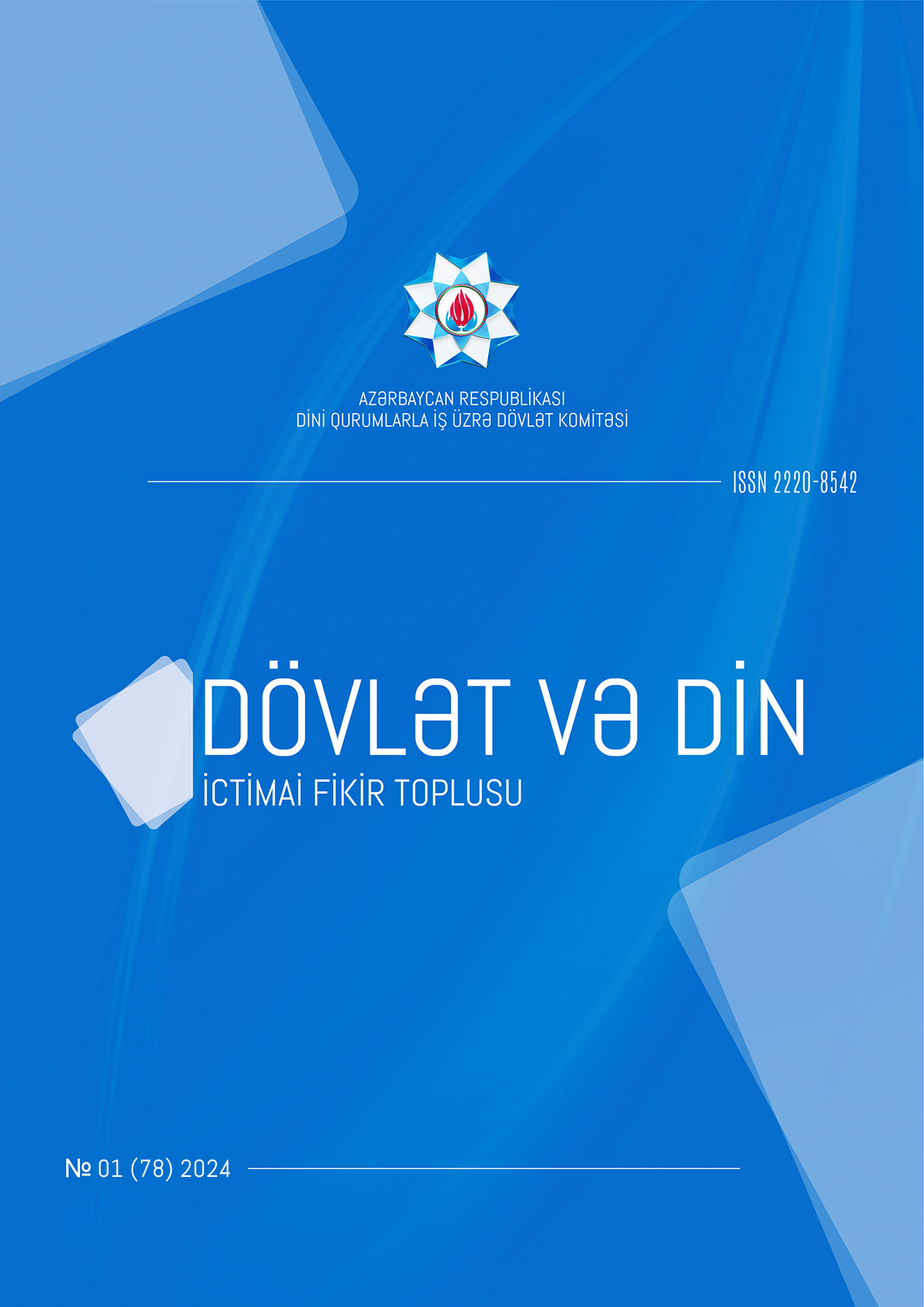İRAN MÜHACİRƏT ƏDƏBİYYATI
Rauf Quluzadə | 10zt037@mail.ru
Bakı Dövlət Universitetinin Şərqşünaslıq fakültəsinin müəllimiAraşdırma
ƏDƏBİYYAT
1. Missaghi Poupeh. “The Literature of the Iranian Diaspora: Meaning and Identity since
the Islamic Revolution” By Sanaz Fotouhi.
e-mənbə: https://iran.britishcouncil.org/en/underline/literature/review-iranianliterature-
in-diaspora
2. The Literature of Iranian Diaspora, a Review by Sanaz Fotouhi e-mənbə:http://
www.academia.edu/1556036/Transcultural_Spaces_The_case_of_Iranian_
writing_in_English_and_the_process_of_cultural_re-representation?_
ga=2.256925327.549804329.1540132964-1582483191.1540132964
3. Zanganeh Lila Azam. “My Sister Guard Your Veil; My Brother Guard Your Eyes”.
NewYork: Beacon Press, 2006.
4. Kamalipour Yahya. “The TV Terrorist: Media Images of Middle Easterners”. Global
Dialogue, 2000.
5. Najmabadi Afsaneh. “The Erotic Vatan [Homeland] as Beloved and Mother: To Love,
to Possess, and to Protect”. Comparative Studies in Society and History, 1997.
6. Memarian Omid. “Women Writers Inject Humanity into Portrayals of Iran”// Inter
Press Service English News Wire// 23 September, 2006.
http://www.highbeam.com/doc/1P1-
7. Bijan Donia. “The Last Days of Café Leila”. http://www.doniabijan.com/
8. Kamali Marjan. “Tea together”. http://www.marjankamali.com/
9. “Greetings from Manocher Parvin”. http://mparvin.com/
IRANIAN IMMIGRANT LITERATURE
Rauf Guluzade | 10zt037@mail.ru
Bakı Dövlət Universitetinin Şərqşünaslıq fakültəsinin müəllimiResearch
SUMMARY
The article has been devoted to the Iranian immigrant literature, which occupies a special
place in the modern world literature. Homesickness, nostalgic feelings, literary view of various
historical events are the main themes. Sanaz Fotouhi ’s book “The Literature of the Iranian
Diaspora : Meaning and Identity since the Islamic Revolution”, published in 2015, is a valuable
source, written in English for those who want to get acquainted with the Iranian immigration
literature. Iranian immigration literature in English contributes to the formation of intercultural
space and furthers comprehension between West and Iran
REFERENCE LIST
1. Missaghi Poupeh. “The Literature of the Iranian Diaspora: Meaning and Identity since
the Islamic Revolution” By Sanaz Fotouhi.
e-mənbə: https://iran.britishcouncil.org/en/underline/literature/review-iranianliterature-
in-diaspora
2. The Literature of Iranian Diaspora, a Review by Sanaz Fotouhi e-mənbə:http://
www.academia.edu/1556036/Transcultural_Spaces_The_case_of_Iranian_
writing_in_English_and_the_process_of_cultural_re-representation?_
ga=2.256925327.549804329.1540132964-1582483191.1540132964
3. Zanganeh Lila Azam. “My Sister Guard Your Veil; My Brother Guard Your Eyes”.
NewYork: Beacon Press, 2006.
4. Kamalipour Yahya. “The TV Terrorist: Media Images of Middle Easterners”. Global
Dialogue, 2000.
5. Najmabadi Afsaneh. “The Erotic Vatan [Homeland] as Beloved and Mother: To Love,
to Possess, and to Protect”. Comparative Studies in Society and History, 1997.
6. Memarian Omid. “Women Writers Inject Humanity into Portrayals of Iran”// Inter
Press Service English News Wire// 23 September, 2006.
http://www.highbeam.com/doc/1P1-
7. Bijan Donia. “The Last Days of Café Leila”. http://www.doniabijan.com/
8. Kamali Marjan. “Tea together”. http://www.marjankamali.com/
9. “Greetings from Manocher Parvin”. http://mparvin.com/
ИРАНСКАЯ ИММИГРАНТСКАЯ ЛИТЕРАТУРА
Рауф Гулузаде | 10zt037@mail.ru
Bakı Dövlət Universitetinin Şərqşünaslıq fakültəsinin müəllimiИсследование
РЕЗЮМЕ
Статья посвящена иранской иммигрантской литературе, которая занимает
особое место в современной мировой литературе. Tоска по родине, по родному
дому, литературный взгляд на разные исторические события являются основными
темами. Книга Саназа Фотухина «Литература иранской диаспоры», опубликованная
в 2015 году, является ценным источником, напи-санным на английском языке для
тех, кто хочет познакомиться с иранской литературой иммигрантов. Англоязычная
иранская иммиграционная литера-тура способствует формированию межкультурного
пространства, способ-ствует продвижению к взаимопониманию между Западом и
Ираном
ЛИТЕРАТУРА
1. Missaghi Poupeh. “The Literature of the Iranian Diaspora: Meaning and Identity since
the Islamic Revolution” By Sanaz Fotouhi.
e-mənbə: https://iran.britishcouncil.org/en/underline/literature/review-iranianliterature-
in-diaspora
2. The Literature of Iranian Diaspora, a Review by Sanaz Fotouhi e-mənbə:http://
www.academia.edu/1556036/Transcultural_Spaces_The_case_of_Iranian_
writing_in_English_and_the_process_of_cultural_re-representation?_
ga=2.256925327.549804329.1540132964-1582483191.1540132964
3. Zanganeh Lila Azam. “My Sister Guard Your Veil; My Brother Guard Your Eyes”.
NewYork: Beacon Press, 2006.
4. Kamalipour Yahya. “The TV Terrorist: Media Images of Middle Easterners”. Global
Dialogue, 2000.
5. Najmabadi Afsaneh. “The Erotic Vatan [Homeland] as Beloved and Mother: To Love,
to Possess, and to Protect”. Comparative Studies in Society and History, 1997.
6. Memarian Omid. “Women Writers Inject Humanity into Portrayals of Iran”// Inter
Press Service English News Wire// 23 September, 2006.
http://www.highbeam.com/doc/1P1-
7. Bijan Donia. “The Last Days of Café Leila”. http://www.doniabijan.com/
8. Kamali Marjan. “Tea together”. http://www.marjankamali.com/
9. “Greetings from Manocher Parvin”. http://mparvin.com/




